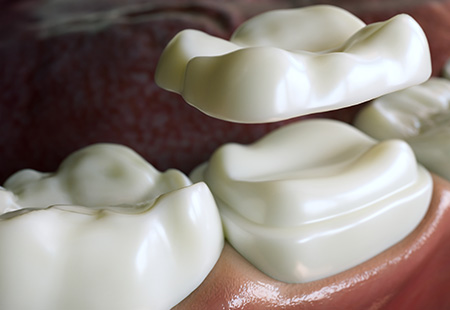
What are Sealants?
Your dentist or dental hygienist can block the bacterial plaque, that leads to tooth decay, from entering these fissures by using resin sealants. Sealants are a flowable resin material that are placed and cured to hardness, which “seals” out cavity-causing plaque. The added bonus is that the tooth’s surface is easier to clean with your toothbrush and it is tooth colored!


